Dairakuji Temple
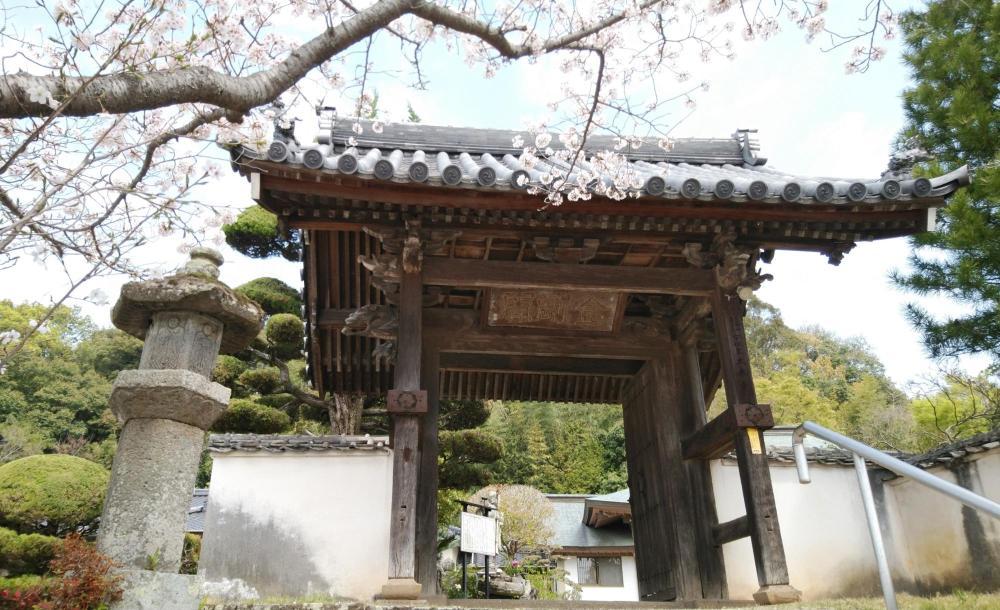
Dairakuji Temple
Dairakuji Temple was founded in 1333 by the monk Domitsu from Saidaiji, one of the great Buddhist temples of Nara. Financing was provided by Itozu Kintsura, the head priest of Usa Jingu Shrine at the time, and Dairakuji served as the memorial temple (bodaiji) of the Itozu family, whose mortuary tablets are still enshrined in the Jibutsudo Hall. In 1334, by decree of Emperor Go-Daigo (1288–1339) Dairakuji became a chokuganji, a temple tasked with the duty of praying for the peace and protection of the country. In addition, it provided rigorous training for monks of the Usa Jingu complex and surrounding temples in the era of syncretic worship of Shinto and Buddhism. The temple currently belongs to the Koyasan Shingon school of Buddhism.
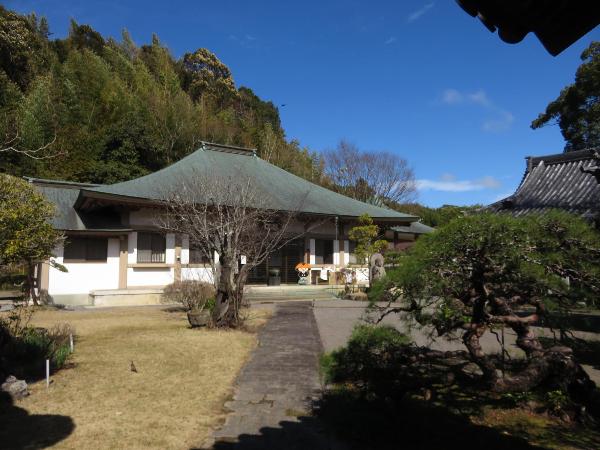
Jibutsudo Hall at Dairakuji Temple
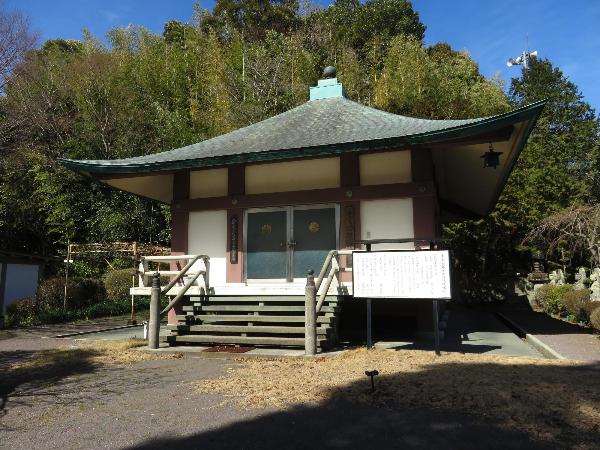
Hondo (Main Hall)
The Hondo (Main Hall) of Dairakuji was specially constructed to preserve its seven most important Buddhist statues. The principal object of worship is a 1.4-meter statue of Miroku flanked by two nearly symmetrical attendant statues of bodhisattvas Daimyoso and Ho’onrin. Miroku is a bodhisattva believed to be training to appear in this world in the distant future as the next Buddha, the successor to the historical Shakyamuni Buddha. The statue at Dairakuji portrays Miroku as a Buddha sitting on a lotus pedestal, the right hand raised in the gesture of dispelling fear and the left hand palm down on the knee. The triad is surrounded by Heavenly Kings protecting Miroku at the four cardinal directions: Jikokuten (east), Zojoten (south), Komokuten (west), and Tamonten (north). All the statues were carved in the second half of the Heian period (794–1185) from hinoki cypress using the yosegi-zukuri joined woodblock technique and are nationally designated Important Cultural Properties.
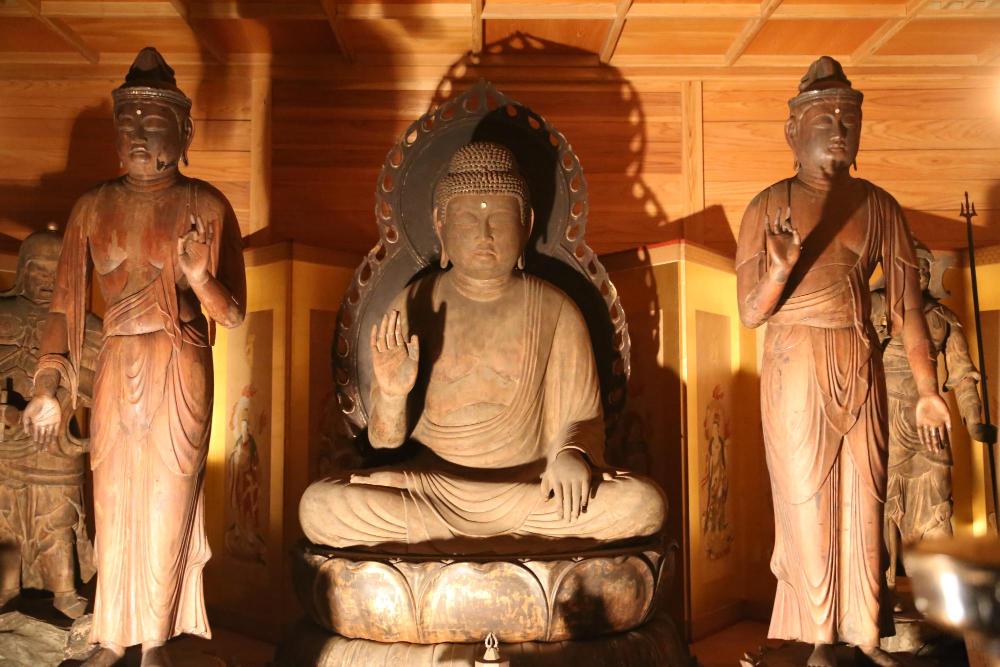
Statues of Miroku (Buddha of the Future) and attendant bodhisattvas Daimyoso and Ho’onrin
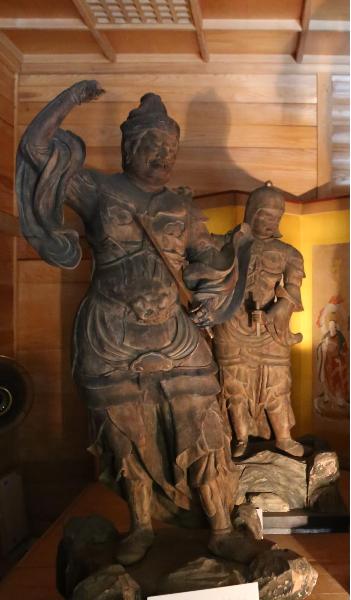
Statues of Zojoten and Komokuten
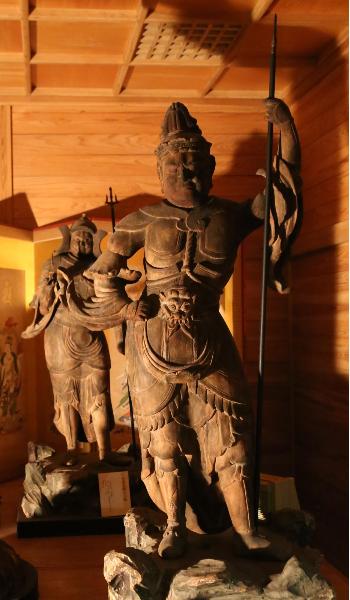
Statues of Jikokuten and Tamonten
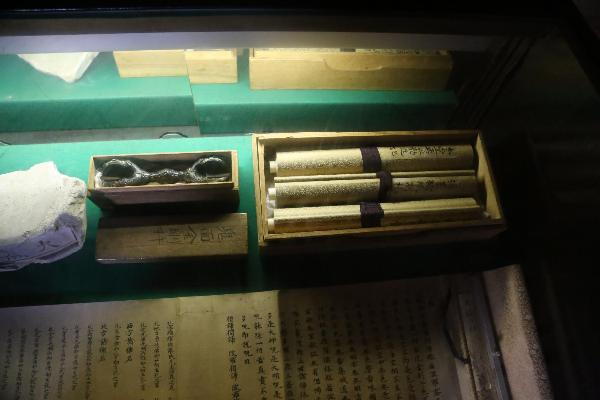
Gokosho and Heart Sutra scroll
Dairakuji houses many other valuable treasures. Display cases in the Hondo contain a ritual tool called gokosho, supposedly used by the founder Domitsu, and a handwritten Heart Sutra scroll, part of which is attributed to Kukai (Kobo Daishi, 774–835), the founder of the Shingon school of Buddhism. The Jibutsudo enshrines a statue of Nyoirin Kannon, a bodhisattva of compassion depicted with six arms. According to temple legend, the statue belonged to Taira Shigemori (1138–1179), a member of the powerful Taira warrior clan featured in Heike Monogatari (The Tale of the Heike), a thirteenth-century epic.
The Daishi-Gomado Hall is used to perform goma ceremonies that involve chanting sutras and burning prayer sticks in a sacred fire. It houses a statue of the Wisdom King Fudo Myo-o, a statue of Kukai, and 88 small statues of Buddhas and bodhisattvas, one for each location of the famous Shikoku Pilgrimage associated with Kukai. The temple grounds contain multiple stone sculptures of bodhisattvas and guardian deities, stone pagodas, and a bell tower with a large bell that dates to 1382 and is the second-oldest domestically produced temple bell in Oita Prefecture.
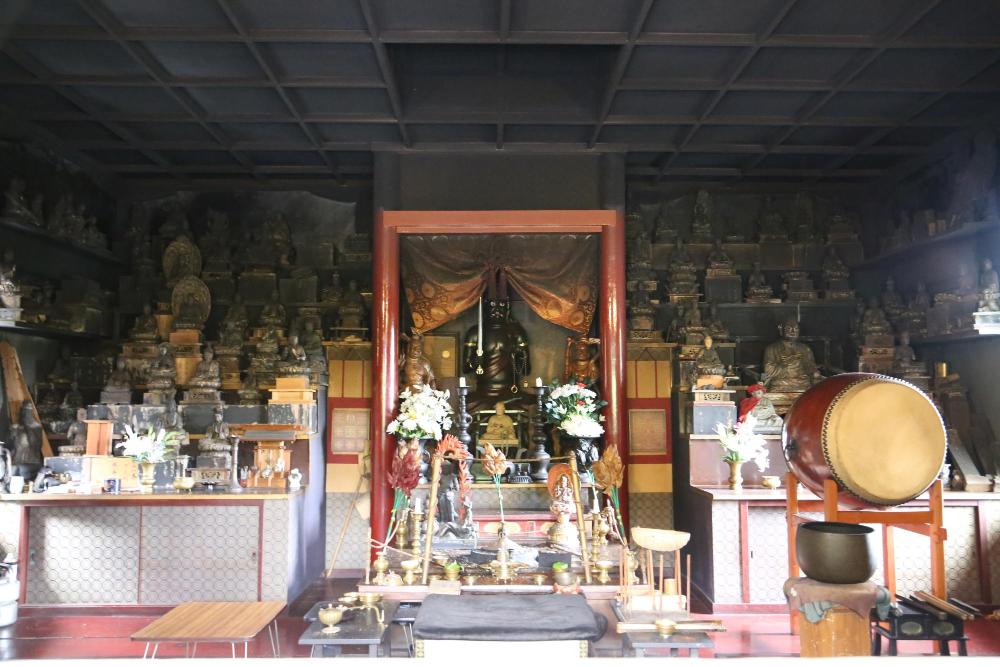
Daishido-Gomado Hall
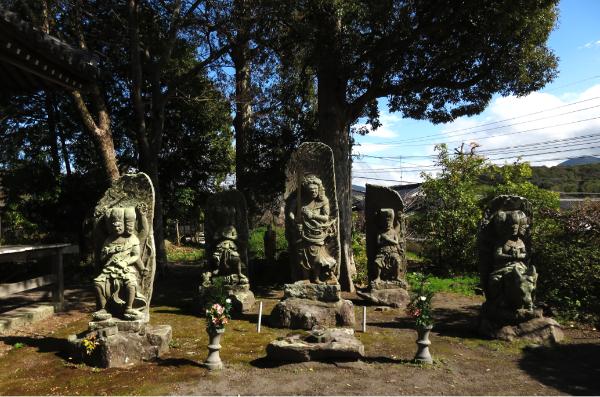
Stone sculptures of Buddhist deities
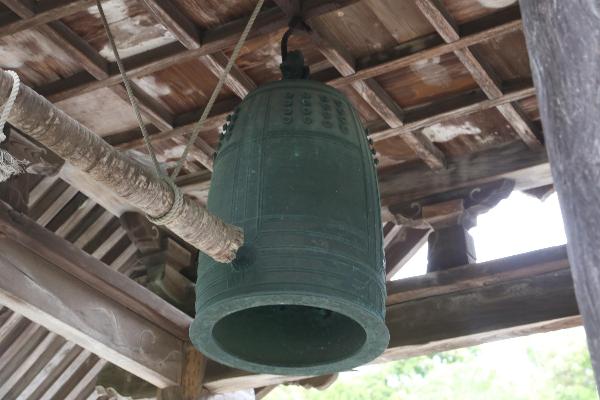
Temple bell
Dairakuji is located just north of Usa Jingu, not far from the Shinkyo Bridge. The temple is open to visitors, but there is a fee for entry to the Hondo.
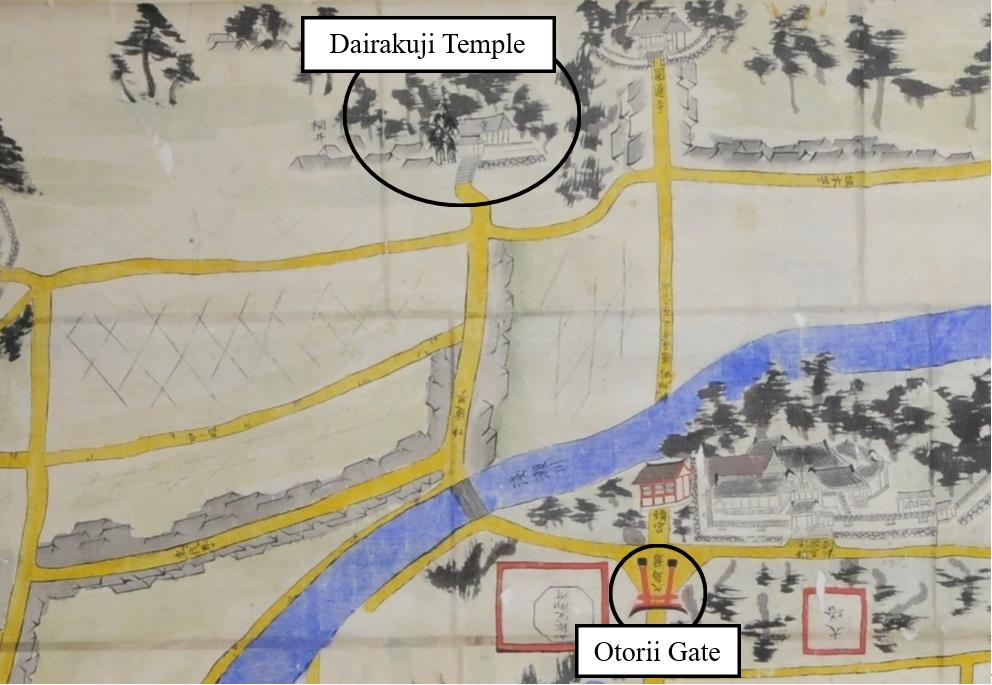
Illustrated map of Usa Jingu Shrine and the surrounding area (mid-nineteenth century)

This English-language text was created by Japan Tourism Agency.
- ページに関する評価
-







更新日:2024年03月18日